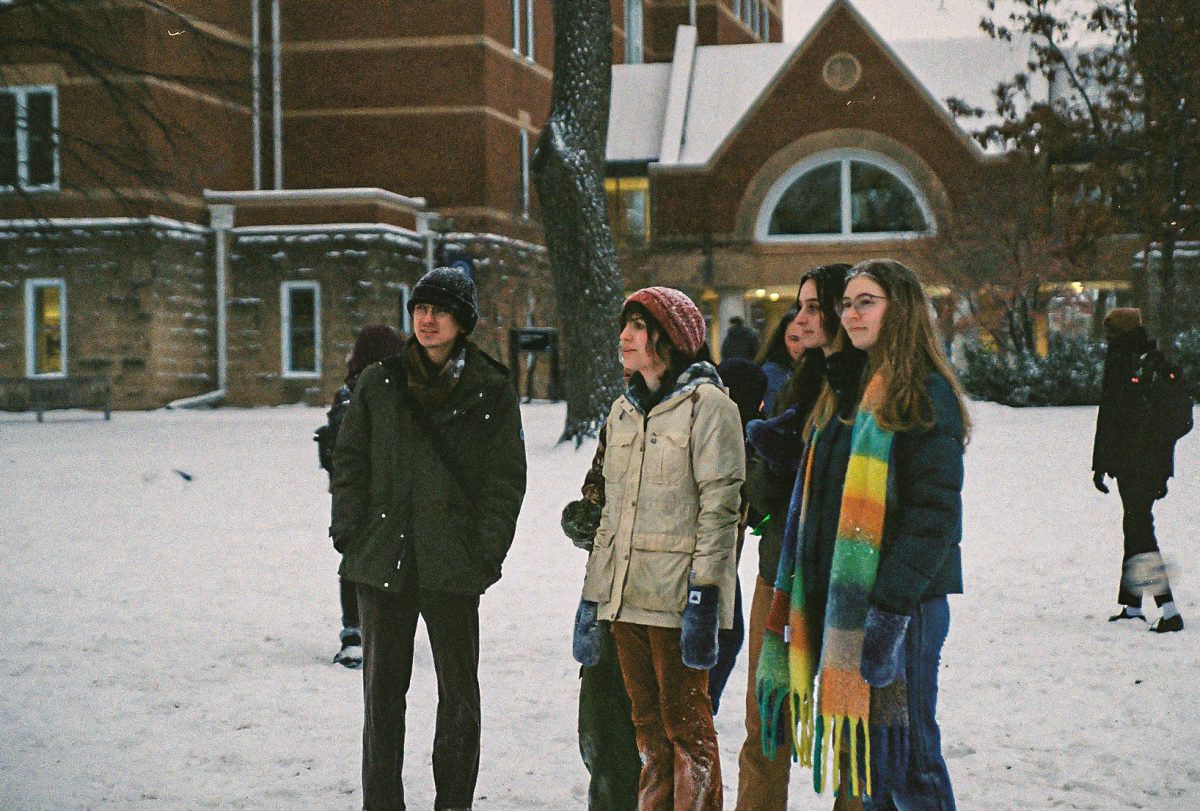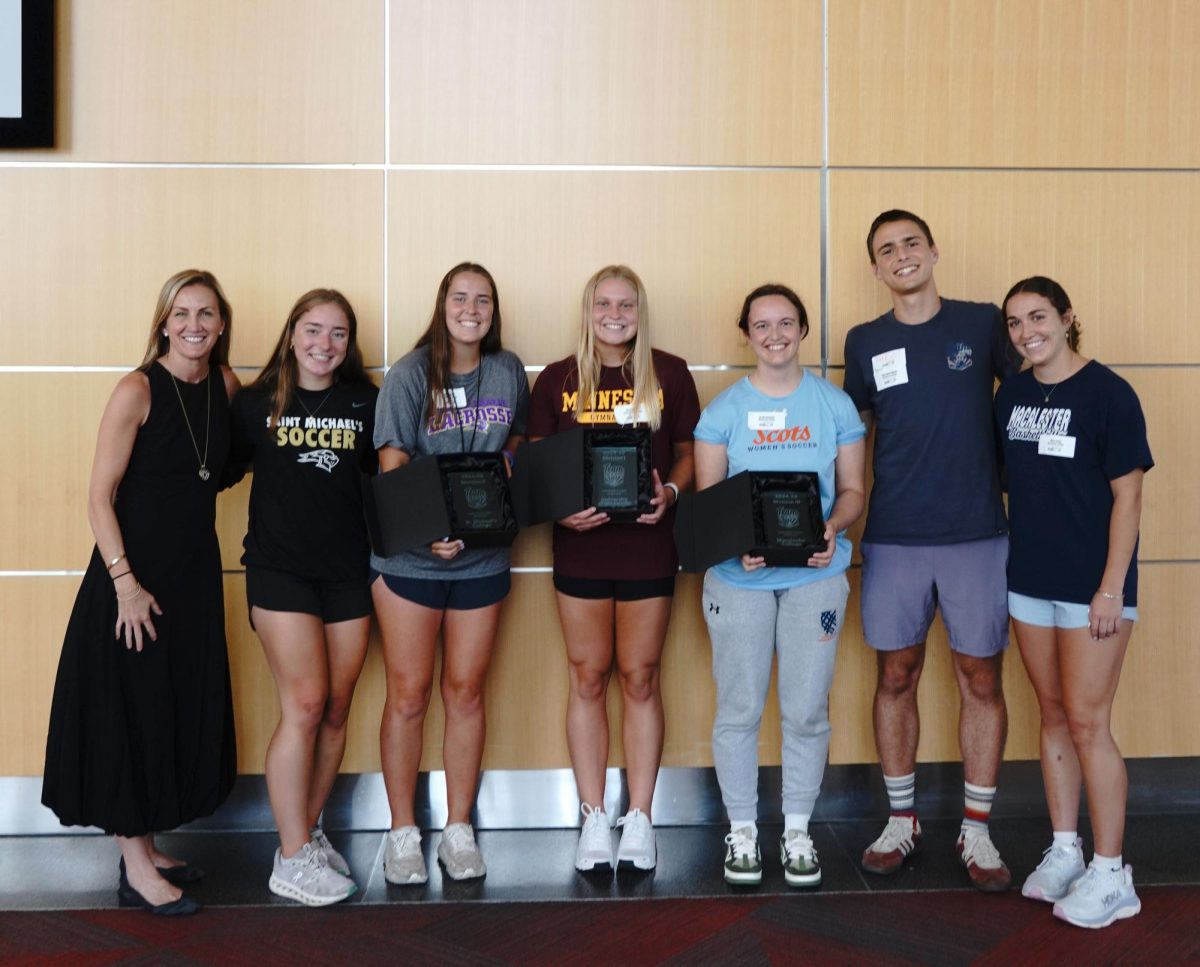by Alya Ansari
How do you watch film?
Do you ride the A-line till its last stop on County Road B? Do you line up for midnight showings in suburbs far from where you live? Or do you wait, pyjama-clad and bedridden, until you can browse the “new arrivals” section, legally or illegally, of your chosen online video provider?
Consider for a moment your favorite movie: the 90 (or 120, as the case may be) minutes that come to mind when you were asked to summon an experience of unadulterated visual ecstasy. Where were you the last time you watched it? Were you hungry? Were you sleepy? Were you seeking refuge from the cold or escaping humid climes in free air-conditioning? Were you alone, or you were too worried about whether or not the person next to you was going to hold your hand? Think of where you would like to be the next time you watch this movie. Who do you want by your side? What clothes would you want to wear? Caramel, cheese or classic salted?
The current moment in cinema explores the intersectionality of the senses involved in the perception of film. There are no longer any purely visual media — and in the words of media scholar W.T.J. Mitchell, “it is because there are no visual media that we need a concept of visual culture.” This fall, I would like to look beyond movie-watching in order to examine a culture of movie-going — by going to the movies, of course. Every two weeks this column will bring to you a theatre review (you read that correctly, I did not mean movie review,) but rather a report of how certain iconic film-viewing locations in the Twin Cities influence the ways in which we watch (/hear, and taste, and feel) film.
More and more, the manner in which we view something is as important as what is being viewed itself. Each viewing location and its temporal, aesthetic and cultural contexts couches us, as viewers, in a very particular sensory space: a space curated to add or detract from our experiences of viewing in very specific ways. Some spaces call upon us to look at film as active participants, while others lull us into willing complacency as a means to some ideological end. Some tempt us at the concession stand, while others urge us to remain conscious of the act of viewing itself. Is it not time that we understand why we like to see things in the ways that we do?
Watch this space.






Fiona Sharp • Sep 10, 2019 at 10:44 am
I gotta favorite this site it seems very helpful very helpful
Neil Alsop • Sep 7, 2019 at 1:12 pm
Really excellent information can be found on weblog.